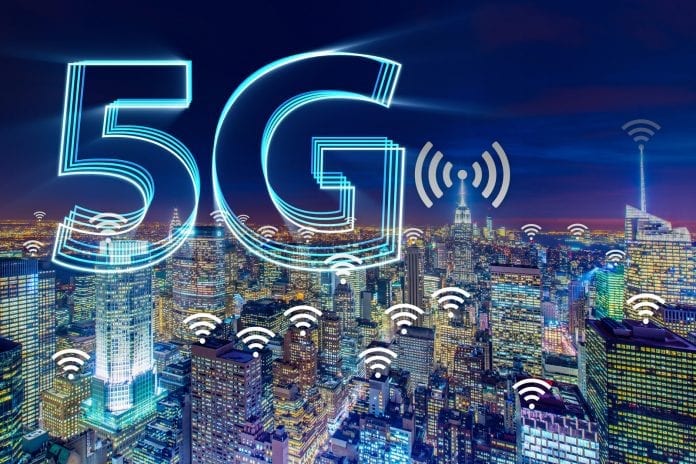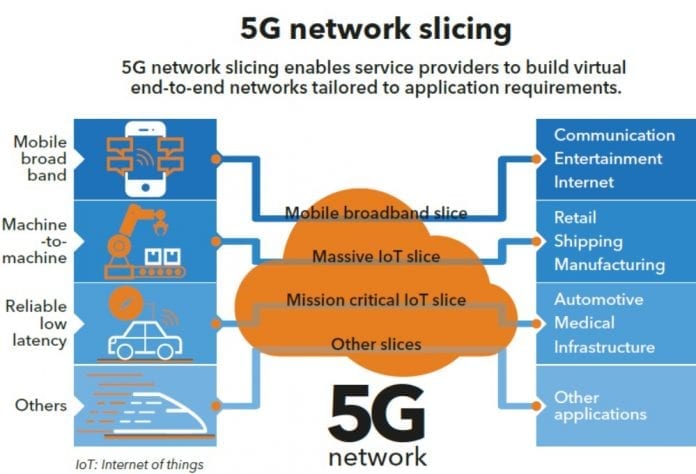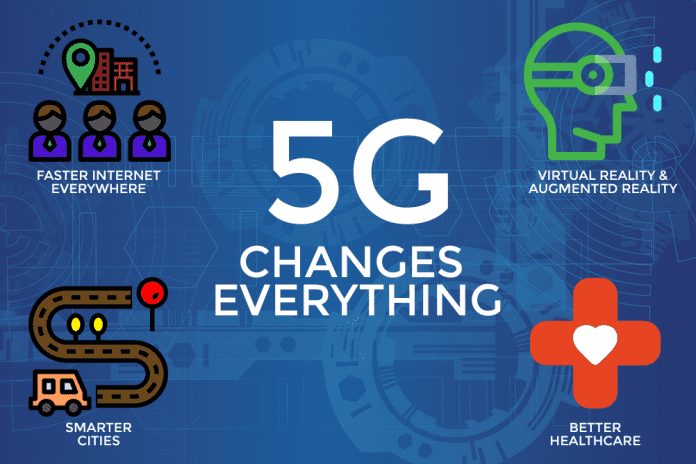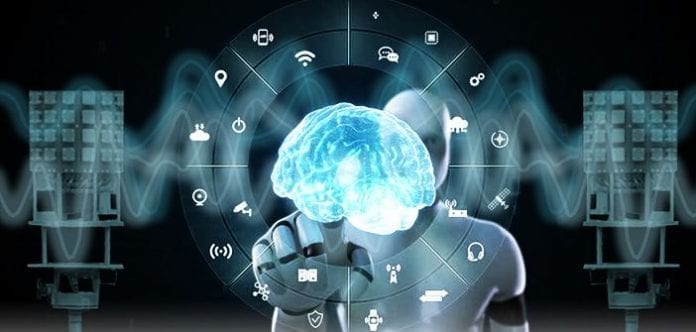New innovative technologies are constantly emerging and promise to change our lives for the better. These advanced technologies give us freedom in choice, by making other technologies more accessible, make things more affordable, and give consumers a voice. And in recent years the pace of innovation has only quickened, because the Internet has enabled a wave of new, inter-connected devices that have benefited people around the world, seemingly in all aspects of their lives.
5G is the name of the new mobile communications standard of the future. The aim is not just to try out digital solutions, but to actually implement them through funding and expansion. Compared to the current 4G or LTE network, 5G offers a multitude of advantages and improvements.
The 5G Revolution

This technological revolution isn’t just about having faster smartphones. This technology will ensure the availability of efficient data connections for small devices, which will advance the Internet of Things (IoT). 5G connectivity will enable massive machine-type communications, seamlessly connecting embedded sensors in virtually anything. This will play a critical role for IoT industries, because it enables smart cities, smart utilities, and security infrastructure.
Network Function Virtualization
Network function virtualization (NFV) is all about the process of decoupling networking functions from dedicated hardware into software. In order to complete each task, different pieces of hardware were required. A different appliance for the router, firewall, encryption function, and so on. To expand the network, it is needed to acquire more specialized hardware, and if the network needs more encryption but less firewall capacity, some equipment will go unused. This makes it harder for the network to scale up.
Network Slicing

Network slicing of the 5G architecture will allow operators to provide portions of their networks for specific customer use cases whether that might be a smart home, autonomous vehicles, or a smart energy grid. Network slicing is like a virtual network architecture which is in the same family as NFV. Network slicing builds multiple virtual networks atop a shared physical infrastructure, which allows optimized resources that suit the needs of an application.
Thus, this type of connectivity will allow for a diversity of use cases, and the elasticity brought by network slicing will help accommodate the varied requirements in terms of power, bandwidth, and speed.
Virtual fiber

With LTE (4G) data rates of 500 Mbit up to one gigabit are already possible today. The decisive factor for the performance of the mobile network connection is not necessarily a particularly high data rate, but rather the optimal adaptation to the requirements of a specific application. It doesn’t matter whether it is about a city, train or country, the 5G technology will significantly give higher peak rates of data, than with 4G. Besides, higher average data rates are more important and decisive, so that constant performance is possible for users. The peak data rate of 5G radio transmission, on the other hand, is hardly needed by a single user, but it is important for interactive applications and the total capacity of the cellular network. With its high performance and high average data rates, this technology can bridge the last mile to the user as a virtual glass fiber.
The network expansion is progressing
The aim is to make the new 5G mobile network available in as many countries as possible. Telekom and Vodafone are currently working on expanding the network, and Telekom would like to connect more than half of the population to 5G this year.
Furthermore, there are municipalities that do not receive mobile Internet. As the central point of contact, the clearing house is available for municipalities and mobile phone providers to provide support in the event of problems and to accelerate the expansion process. In order to continue to be future-oriented and innovative, a digital infrastructure with a corresponding network expansion is necessary.

What does 5G bring for the user?
In the industrial sector, there is much talk of the so-called “Internet of Things”, or IoT for short. With the Internet of Things, devices can transmit information or “understand” one another. The networking of machines and devices is only just beginning, but with 5G it is likely to gain momentum, as some technical foundations are being laid that are important for IoT. In particular, ultra-short latency times should be mentioned here, i.e. reaction times in the range of 1 millisecond.
In industrial manufacturing, the continuous exchange of data between machines, systems, humans and robots will become increasingly important. Industrial robots can be controlled in real time based on this technology.
The economical networking of a large number of sensors is particularly important for IoT. Because with 5G, the number of connected devices is increased to several hundred thousand per base station. These sensors are often installed in hard-to-reach places or embedded in other objects, which makes the economical use of energy very important here. With Narrowband IoT (NB-IoT), a corresponding 3GPP cellular standard is already practically usable in the first LTE networks.
The new cellular standard brings a multitude of improvements for users. Many citizens are currently still well served by the 4G network, but the network is reaching its limits, especially in times of the Internet of Things and an ever increasing number of networked devices.
5G offers a significantly higher capacity that accommodates this development and also raises Internet speed to previously unprecedented heights. With download speeds in the gigabit range, technically even up to 20 Gbit / s, mobile surfing is a new pleasure.
It has numerous improvements in store for all citizens who surf the web, shop online, watch videos and play games with their mobile devices on the go. Streaming games from the cloud, such as on Google Stadia, is currently in vogue and will continue to gain traction thanks to 5G. In the online casino, for example, the technology of the live stream is used to generate a lifelike gaming experience. The most popular casino games like the card game blackjack are offered online in different variants, including the European and American blackjack.More so, enjoying social platforms such as Slotpark are gaining immense user popularity with their simple and redesigned slot games. Meanwhile live blackjack may not be available on some apps, however, you can still see a real croupier on a player’s screen via a live stream – including on the mobile device.
Information technology and artificial intelligence

In addition to the new mobile communications standards, the longstanding research focus is on information technology and artificial intelligence. For developers and users, it is an excellent research landscape to drive technical innovations. Artificial intelligence is already a reality today and is used in numerous areas and industries. One example is the food industry, where artificial intelligence controls processes in warehouse logistics, for example, which also affects jobs as food technicians and expands their areas of responsibility.
The possibilities of technology are immense and create completely new possibilities. 5G and artificial intelligence are intended to enable groundbreaking new developments, not just on their own, but especially in combination. 5G is intended to provide the basis for the development and use of intelligent applications based on artificial intelligence.
Completely new application possibilities are to be achieved through the use of both technologies for both industry and society. For private individuals, numerous everyday processes can be accelerated and facilitated by new apps. Not only private users benefit from it, because the synergy of 5G and artificial intelligence shows immense potential in numerous other areas as well.
For example, the use of telemedicine in rural areas can significantly improve health care. In its unique research and demonstration platforms for application-oriented developments, the Living Labs, the DFKI shows innovative technologies, including 5G masts made of wood, drones for the fire brigade, an intermunicipal network of a digital city and the medical monitoring of heart failure patients using artificial intelligence. Thus, further possibilities are being researched and developed that could change many areas of our society in the future.
In today’s age of digitization, it is important to act in a future-oriented manner and use technological innovations for the benefit of society and industry.









